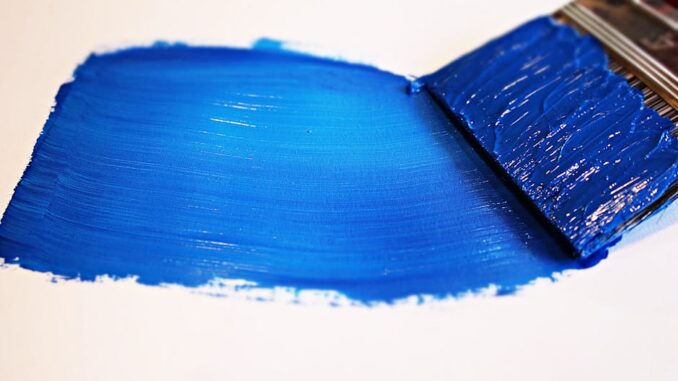
Summary
This article provides a comprehensive guide to safeguarding your furniture and room during a painting project. It emphasizes preparation, covering, and post-painting cleanup for a smooth, damage-free experience. By following these steps, you can ensure a fresh coat of paint enhances your home’s value without compromising your belongings.
Transform your home into a masterpiece with an expertly designed orangery by Elegancia.homes.
Main Story
Okay, let’s talk about painting. It’s such a fantastic way to breathe new life into your place, I mean seriously, it’s like a mini-makeover! But, and this is a big but, it can also be a total mess if you’re not careful. Nobody wants paint splatters all over their favorite armchair, right? So, before you even think about cracking open that paint can, let’s go over how to protect your stuff and actually achieve a professional looking finish. You’ve got to start with prep work, it’s a non-negotiable!
-
First off, clear the room. Ideally, you’d move everything out. I know, it’s a pain, but trust me. It’s the best way to avoid any accidents. If you can’t quite manage that, just move your furniture to the center of the room. This way, you’ve got a nice, clear perimeter to work with. Plus, you won’t be tripping over stuff while you’re wrestling with that paint roller.
-
Next up? Clean, clean, clean! Dust, cobwebs, you know, all that gunk? It can mess up how the paint adheres to the wall. A good, thorough cleaning is key, including walls, baseboards, the works. Use a vacuum or a broom, get all the loose particles up off the floor too. It’s all about creating a smooth surface for that paint. It’s like, starting with a clean canvas, you know?
-
Now, gather your supplies. Having everything you need on hand is so crucial. No running to the store halfway through! Here’s your essential list:
- Drop cloths: Go for heavy-duty canvas drop cloths. They’re worth the extra money. Plastic sheeting is a cheaper option, but it’s slippery, it’s a nightmare on carpeted floors, trust me. I usually use both actually, plastic down then canvas over it, extra protection is never a bad thing!.
- Painter’s tape: Get the good stuff. Cheaper tape can lead to paint bleeding and, seriously, that’s just the worst. Make sure to firmly apply it to baseboards, trim, window frames, all those places you don’t want painted.
- Plastic sheeting or furniture covers: Cover your furniture well. No skimping! Secure those covers with tape so they don’t slip.
- Masking film: If you’re dealing with large items, like big windows or built in shelves, masking film is your friend! It provides great protection for these areas.
- Cleaning supplies: Keep rags, warm water, and a mild cleaner nearby to take care of any spills ASAP.
Alright, so, the room is prepped. Now, let’s talk about your furniture. Think of it as an endangered species, and your job is to protect it!
-
Cover everything. Go crazy, I’m serious. If it’s staying in the room, cover it completely. Tuck and tape like you mean it. For upholstered stuff, I recommend a layer of old sheets or blankets first, then plastic sheeting on top. It’s like wrapping a burrito… but with furniture.
-
Tape it all down. Again, painter’s tape is your pal. Secure the edges of those coverings to the furniture to keep everything in place. Nobody wants a surprise reveal of a paint-covered sofa, right?
-
Consider Disassembly: If possible, remove drawers, shelves, and hardware. It makes painting easier and protects the hardware from stray paint splatters.
-
Designated zone? Got an extra room? Perfect! Store your smaller furniture, valuable stuff and decor in there, out of harm’s way.
Okay, the hard work is done, the painting is done, and your walls are looking fabulous! Now you have to clean up. Time to unleash the masterpiece and reveal your protected furniture.
-
Peel that tape like it’s gold. Slowly and carefully, peel that tape at a 45-degree angle. If it sticks, get a utility knife and score it very lightly before pulling it off. You don’t want to be pulling off chunks of paint.
-
Clean up: dispose of the protective coverings, and wipe any spills or splatters. Give the floor a good sweep or vacuum.
-
Inspect the furniture Go over everything. If you find any paint, fix it ASAP.
So there you have it! By following these steps, you can totally transform your space without turning your living room into a Jackson Pollock painting. Just a little prep work, a bit of care, and you’re golden. Honestly, it’s so worth it for a stress-free project. And you’ll have a beautiful room that you can be proud of!


Be the first to comment